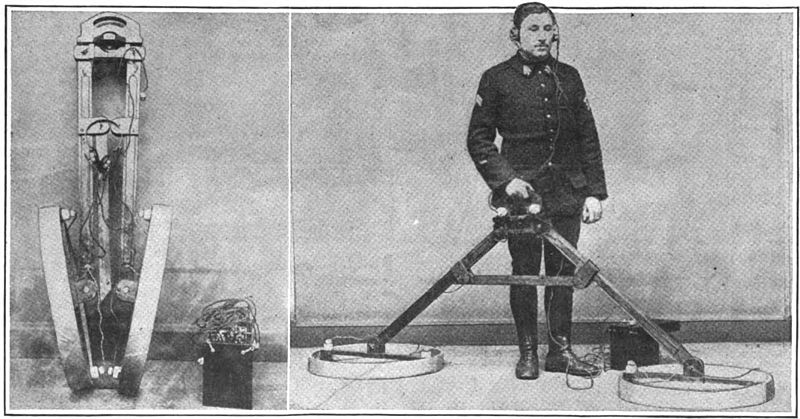Fitxategi:Metal detector from World War 1.jpg

Aurreikuspen honen neurria: 800 × 419 pixel. Bestelako bereizmenak: 320 × 168 pixel | 640 × 336 pixel | 1.024 × 537 pixel | 1.280 × 671 pixel | 2.144 × 1.124 pixel.
Bereizmen handikoa ((2.144 × 1.124 pixel, fitxategiaren tamaina: 384 KB, MIME mota: image/jpeg))
Fitxategiaren historia
Data/orduan klik egin fitxategiak orduan zuen itxura ikusteko.
| Data/Ordua | Iruditxoa | Neurriak | Erabiltzailea | Iruzkina | |
|---|---|---|---|---|---|
| oraingoa | 13:21, 1 iraila 2013 |  | 2.144 × 1.124 (384 KB) | Chetvorno | User created page with UploadWizard |
Irudira dakarten loturak
Hurrengo orrialdeek dute fitxategi honetarako lotura:
Fitxategiaren erabilera orokorra
Hurrengo beste wikiek fitxategi hau darabilte:
- en.wikipedia.org proiektuan duen erabilera
- es.wikipedia.org proiektuan duen erabilera
- fr.wikipedia.org proiektuan duen erabilera
- vi.wikipedia.org proiektuan duen erabilera




